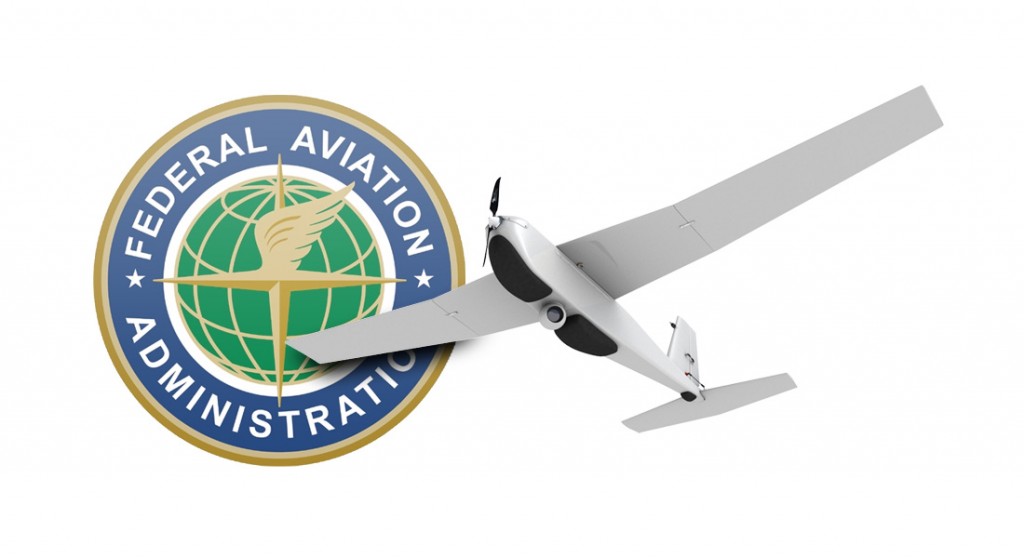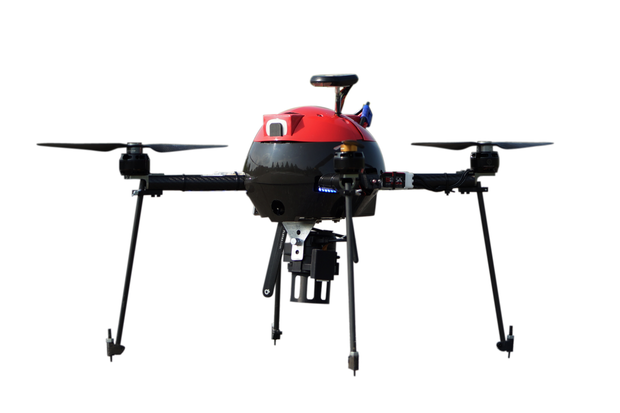by Press •

The Federal Aviation Administration (FAA) has selected Marke “Hoot” Gibson and Earl Lawrence for two executive-level positions that will guide the agency’s approach to safe, timely and efficient integration of unmanned aircraft systems (UAS) into U.S. airspace.
Hoot Gibson will become the Senior Advisor on UAS Integration, a position established to focus on external outreach and education, inter-agency initiatives and an enterprise-level approach to FAA management of UAS integration efforts. He will report directly to the FAA Deputy Administrator.
Gibson previously served as Executive Director of the NextGen Institute, which provides professional services to the UAS Joint Program Development Office. He has also owned his own aviation consulting firm, and held numerous senior command and staff positions during a 33-year U.S. Air Force career.
Earl Lawrence will become the Director of the UAS Integration Office within the FAA’s Aviation Safety organization. He will lead the FAA’s efforts to safely and effectively integrate UAS into the nation’s airspace.
During almost five years as Director of the FAA Small Airplane Directorate, Lawrence was responsible for 17 aircraft certification and manufacturing district offices in 21 states from Alaska to Florida. Before coming to the agency in 2010, he had been Vice President for Industry & Regulatory Affairs at the Experimental Aircraft Association since 1994.
Both executives will assume their positions later this month.
For more information on the FAA and UAS, go to http://www.faa.gov/uas.
– See more at: https://www.sensorsandsystems.com/news/top-stories/corporate-news/36915-faa-selects-new-unmanned-aircraft-executives.html#sthash.nI1ypwlc.dpuf






